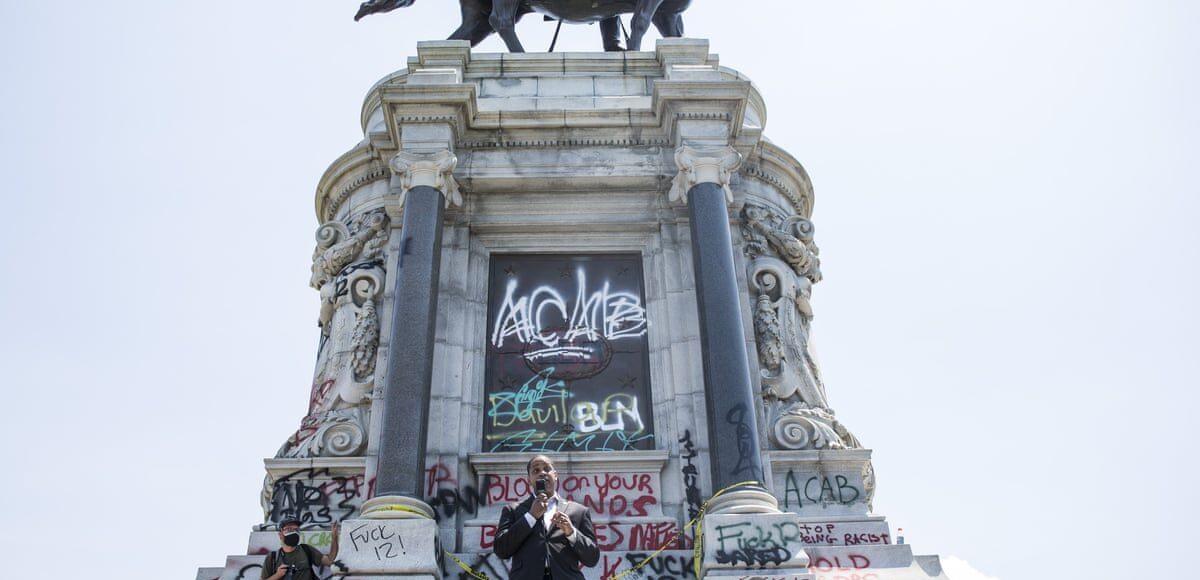For centuries, the classical world — and especially Rome — has been the go-to model when nations and leaders wanted to make sure the rest of the world knew how powerful they were. But that symbolism means that when it’s time to overthrow the status quo, people know what to topple first.
Readings:
- Lyra Monteiro, “Power Structures: White Columns, White Marble, White Supremacy,” medium.com, October 27, 2020
Model exam answer: After reading Monteiro’s argument my mind immediately went to the Elgin marbles. Lord Elgin integrated the marbles into British society in a way that linked the marbles with Great Britain’s own history and heritage. This is the same thing that white men in America did with Greek and Roman architecture along with statues such as the Apollo Belvedere. Both entities, Lord Elgin and white American men, reinterpreted Greek architecture and sculpture in order for it to fit into the heritage of their home countries regardless of the fact that Greece and Rome did not actually have close ties to the heritage of those countries or at least not in the way that these men present the strong ties. While not exactly a piece or monument this also made me think back to the article we read, “On the Iconoclasm of ISIS” in terms of representation of heritage and the destruction of heritage. Not that it is exactly alike but the conflict between ISIS’s view of monuments and typical art historians view of these monuments represents a similar conflict of view of heritage as the conflict going on in America between those who want to keep the monuments up and those who want to take them down. What I enjoy that both articles have in common is that they make some concessions to each group and admit that this is in some way part of their heritage and part of their beliefs even if we don’t agree with those beliefs.
